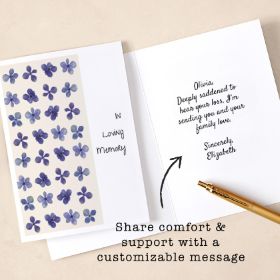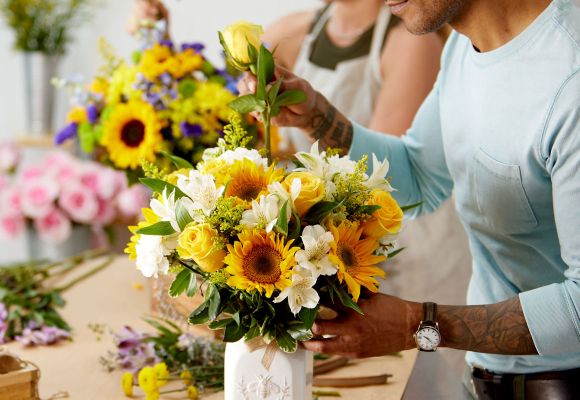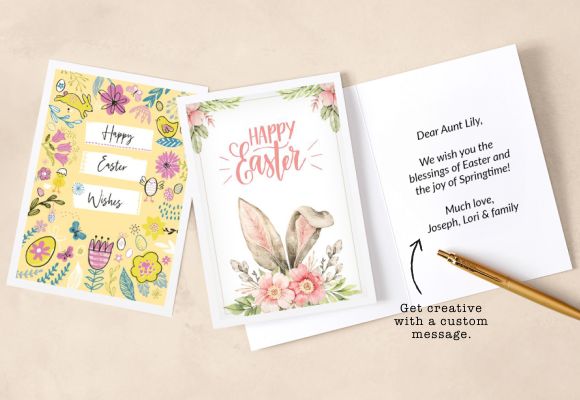Bonsai translates literally from both the Chinese and Japanese to "little trees in pots". However, bonsai are not simply dwarf species of trees, but rather, a tree that has been trained, pruned, and sculpted by horticulturists into an ideal of refined natural beauty. Once it has attained its unique expression of form—which can take a number of years to achieve—it is given a suitable home in a classic, shallow bonsai pot.
Our bonsai trees are grown in a state-of-the-art greenhouse under precisely controlled conditions to achieve optimum vigor and health. Over time, bonsai grow more interesting, personal, and valuable. With proper care and a bit of attention, your bonsai will thrive for decades. Be sure to review the care instructions that are provided with each tree to learn about watering, pruning, and other tips, which will help to ensure years of pleasure and delight.
General Outdoor/Indoor Bonsai Care
Tips on Watering
Careful watering is key to maintaining healthy bonsai. Never allow your bonsai to completely dry out. Watering instructions may vary slightly depending on the tree or plant species. Please refer to the information tag attached to your bonsai for specific information. Over time you will be able to evaluate each particular bonsai's water requirements and create your own watering schedule to accommodate it. Note whether your bonsai is considered an indoor or outdoor tree and refer below to more specific watering tips for each type.
Best results are achieved by watering with a small watering can or hose attachment with a fine-spray nozzle so that water cascades are softer, avoiding blasts to bonsai and potting soil. To water, thoroughly soak the container's soil until water runs out of the bottom drainage holes. Periodic misting of the tree's foliage is also recommended.
Trimming and Pinching
Bonsai trees benefit from trimming to maintain their miniature size and beautiful form. Pinch and trim new growth back to the farthest safe point, being careful not to remove all new growth. For more in-depth tips about trimming (and training) techniques, an instructional book will provide the best, safest recommendations to keep your bonsai in tip-top shape.
Repotting
It is recommended to wait at least one growing season before repotting your bonsai to ensure that it is well established. Bonsai will need to be repotted approximately every three years because as the root system grows, the tree becomes "pot bound". Repotting outdoor bonsai is best done before new growth appears, during late winter or early spring. Choose a potting soil specifically developed for bonsai, as this will avoid compaction and related drainage problems.
Once you remove the bonsai from its pot, gently turn it to its side, and brush away any excess soil from the roots. Using a sterilized shear or knife, trim the root mass by cutting the longer and downward growing roots. After this, the tree can be placed back in its original pot or into a new container. Prepare the same (or larger) container by placing a screen over the pot's drainage holes and wiring it in place. Place a thin layer of small gravel atop the screen for drainage purposes. Situate the bonsai into the container and secure it with wire crossed over the root-ball. Fill in the open areas of the container with fresh soil, and use a chopstick to work it around the root ball to eliminate air pockets. After repotting, be sure to thoroughly water your bonsai, and keep it out of direct sun and wind for two weeks for so it can acclimate.
Fertilizing
Your bonsai does require supplemental nutrients for long-term health. General water-soluble and time-release fertilizers found in most garden centers will work well; use at half the recommended strength, as otherwise directed. For more mature bonsai specimens, slow-release organic fertilizers are best.
Insects & Diseases
Insects and diseases can attack any plant, including bonsai. Inspect your tree regularly for damage. Should problems appear, check with your local garden center for the appropriate treatment. Periodically spray or mist the trunk and foliage of your tree to keep your bonsai clean and dust-free.
Indoor Bonsai Care
Indoor bonsai are those varieties of woody-stemmed and tropical plants that adapt well to conditions inside the home. These include ficus, jade, sago palm, and powder puff.
Placement
Ideal indoor placement will provide your plant with morning sun and afternoon shade, preferably near south or west facing windows. Should adequate sunlight options be limited, use a grow light to provide the necessary supplemental light. Your new tree will take several weeks to settle into its new home environment, and during this time it may shed up to 20% of its leaves, which is normal.
Over warm months or for special occasions, it is perfectly okay to move your indoor bonsai to an outdoor patio or deck, but take care that your trees do not become dehydrated due to the natural drying properties of wind. Bring your bonsai back indoors when night temperatures fall below 55 degrees; it is best to attempt this transition gradually, over a period of several weeks. Bring indoors for short periods of time initially, lengthening time spent inside each day until fully acclimated. Never leave your indoor bonsai outside to freeze.
Seek more specific regional advice for your area at local bonsai clubs.
Watering Indoor Bonsai
To provide a beneficial humid micro-climate around your bonsai, fill a shallow tray with pebbles and add water to just below the top of the pebbles. Place your bonsai container on the pebbles and leave it there.
Be sure to check your bonsai soil each time before watering; indoor bonsai respond well to watering every two or three days. Should you take your bonsai outdoors, water thoroughly each day, as outdoor winds tend to be drying.
Follow our simple care instructions to keep your bonsai healthy, and enjoy their long lasting beauty.
Outdoor Bonsai Care
Outdoor bonsai are those varieties that are winter hardy in cold climates, and include evergreens like pines and junipers, as well as deciduous trees such as maples and elms.
Placement
For best results, acclimate your new bonsai for the first week in a shady area. After this initial period, move pines and junipers to full sun, and deciduous trees to a spot that receives morning sun and mid to late afternoon shade. During the summer months and in dry, arid conditions, move your bonsai to a spot with dappled sunlight.
During spring, summer, and fall seasons, outdoor patios, decks, and balconies are great areas to display your bonsai. It's okay to bring your outdoor bonsai indoors for special occasions and events for short periods of time—limit indoor stays to five days or less. In general, outdoor bonsai trees need long periods outside to remain healthy.
Seek more specific regional advice for your area at local bonsai clubs.
Winter Care for Outdoor Bonsai
To remain healthy, outdoor bonsai trees need to experience seasonal changes, including a period of dormancy triggered by winter cold. These trees do best when left outside during the winter with their roots protected from sharp temperature swings. When temperatures begin to drop to freezing, "heel-in" your bonsai by covering the pot and soil with pine needles, bark mulch, or additional soil. Site your tree on the south side of your house to help moderate winter's bitter temperatures with sunshine. In areas with long periods of below freezing weather, bonsai trees may be protected by placing them in unheated garages, sheds, cold frames, or basements. Your bonsai will not require much light during this time as it is in a dormant state; remember to check it for moisture every two weeks during this phase, and water as needed.
During winter when your bonsai is inside, it is beneficial to place your bonsai container inside another shallow tray filled with a layer of gravel. Fill the gravel tray with water to create a healthy micro-climate of moisture and humidity around the tree.
Watering Outdoor Bonsai
Outdoor bonsai receiving full sun benefit from daily watering in the spring, summer and fall while they are actively growing. Reduce watering during the winter—check the roots for moisture and water as needed.
 Farm Fresh Flowers >
Farm Fresh Flowers > Passover >
Passover >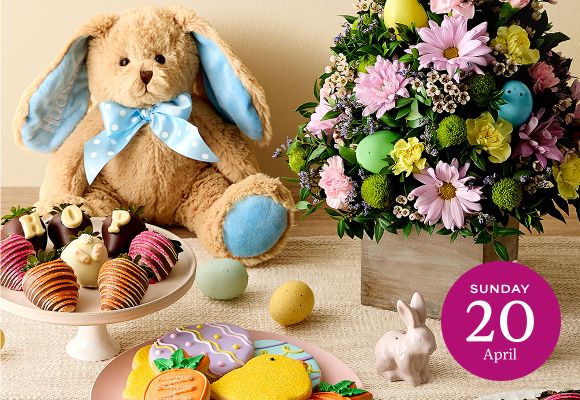 Easter >
Easter > Tulip Festival >
Tulip Festival >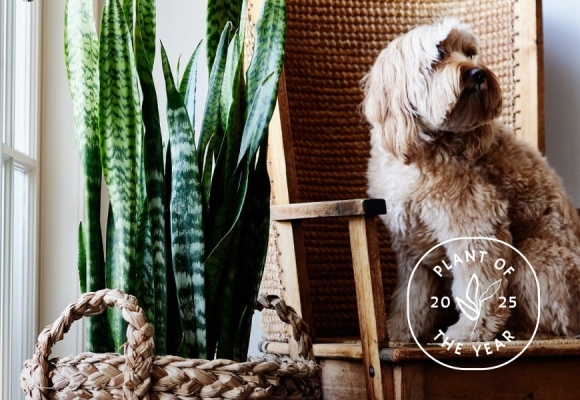 Snake Plant >
Snake Plant >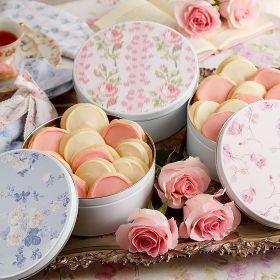 Cookies & Bakery >
Cookies & Bakery > Experience Gifts >
Experience Gifts >












